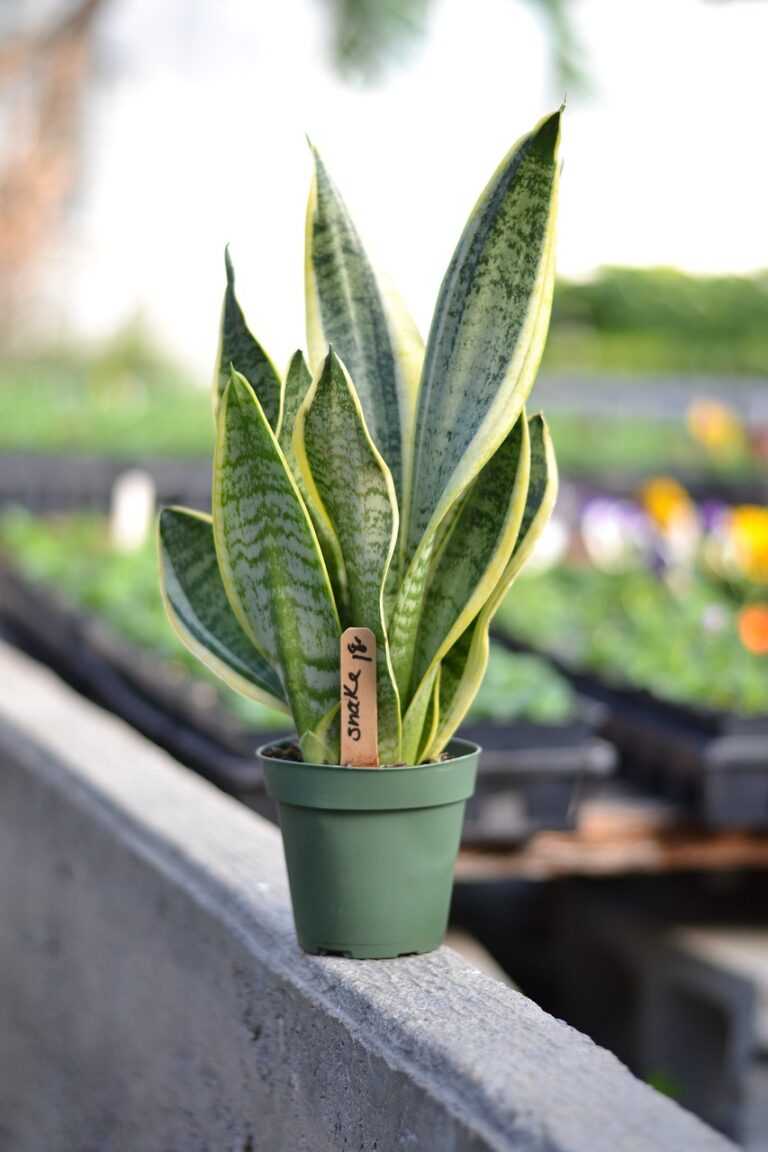17+ Common Snake Plant Problems & Solutions
Snake plants (Sansevieria or Dracaena trifasciata) are super hardy and low maintenance. But even the toughest of plants can have issues. This guide will walk you through the most common snake plant problems, including silver snake plant-specific issues and give you solutions to keep your plants happy and healthy. Common Snake Plant Problems Silver Snake…
Snake plants (Sansevieria or Dracaena trifasciata) are super hardy and low maintenance. But even the toughest of plants can have issues. This guide will walk you through the most common snake plant problems, including silver snake plant-specific issues and give you solutions to keep your plants happy and healthy.
| Common Snake Plant Problems | Silver Snake Plant Problems | Specific Snake Plant Problems |
| Snake plant leaves turning brown | Silver snake plant leaves curling | Snake Plant Leaves Turning Brown |
| Snake plant root rot | Silver snake plant not growing | Snake Plant Root Rot |
| Snake plant wilting | Silver snake plant root rot | Snake Plant Fungal Infections |
| Snake plant pests | Silver snake plant yellowing leaves | Snake Plant Wilting |
| Snake plant fungal infections | Silver snake plant pest issues | Propagation problems |

Common Snake Plant Problems
Snake plants are tough but not problem-free. Here are some common problems you may encounter:
- Snake plant leaves turning brown: Underwatering or inconsistent watering. Don’t let the plant dry out completely.
- Snake plant root rot: Overwatering. Make sure your pot has good drainage and let the soil dry out between waterings.
- Snake plant wilting: Both over and underwatering. Check the soil moisture and adjust your watering schedule as needed.
- Snake plant pests: Spider mites, mealybugs, scale. Check your plant regularly and use insecticidal soap or neem oil to treat.
- Snake plant fungal infections: Poor air circulation and too much moisture. Make sure to space your plants out and don’t overhead water.
Silver Snake Plant Problems
Silver snake plants are a popular variety and have their own set of issues:
- Silver snake plant leaves curling: Curling leaves means not enough light or water stress. Adjust the light and check your watering habits.
- Silver snake plant not growing: This may be due to a lack of nutrients, not enough light or root issues. Fertilize and make sure the plant is in the right spot.
- Silver snake plant root rot: Like other snake plants, silver varieties can get root rot if overwatered. Let the soil dry out completely and make sure it has good drainage.
- Silver snake plant yellowing leaves: Yellowing can mean overwatering, nutrient deficiency or pest issues. Review your care and check for pests.
- Silver snake plant pest issues: Silver snake plants can get mealybugs and spider mites. Regular checks and treatment will help manage these issues.
Solutions for Specific Snake Plant Problems
Snake Plant Leaves Turning Brown
Brown leaves mean stress. Check your watering and make sure you’re not over or underwatering. Also, check the plant’s location. Too much direct sun can scorch the leaves.
Snake Plant Root Rot
Root rot is an emergency. Remove the affected roots, repot in fresh well-draining soil and reduce watering. Make sure the pot has drainage holes to prevent this from happening again.
Snake Plant Wilting
If your snake plant is wilting, check your watering. Both over and underwatering can cause wilting. Adjust your watering schedule and make sure the soil’s not soggy or bone dry.
Snake Plant Pests
Spider mites and mealybugs can infest snake plants. Check your plant regularly for pests. If you find any, treat with insecticidal soap or neem oil and isolate the infected plant to prevent spread.
Snake Plant Fungal Infections
Fungal infections are often caused by high humidity and poor air circulation. Improve air circulation around the plant and avoid overhead watering. You may also need to remove affected leaves to prevent the spread of infection.
Silver Snake Plant Care Tips
To prevent problems with your silver snake plant, follow these:
- Light: Bright indirect light. Too much direct sun can burn the leaves, too little light can stunt the growth.
- Watering: Let the soil dry out between waterings. Silver snake plants are drought tolerant so it’s better to underwater than overwater.
- Soil: Use well-draining soil to prevent root rot. A cactus or succulent mix works great for snake plants.
- Temperature: 60-75°F (15-24°C). Don’t place the plant in drafty areas or near heat sources.
Propagating Your Snake Plant
Propagation issues can happen especially with snake plant varieties like Sansevieria cylindrica. Common problems:
- Propagation problems: Make sure you’re using healthy leaves or offsets for propagation. Let cuttings dry for a day before planting to prevent rot.
- Fungal problems: Fungal infections can happen if the soil is too wet. Use well well-draining mix and don’t overwater.
Additional Resources
For more info on snake plant care and types check out:
Conclusion
While snake plants are low maintenance, understanding and fixing common problems is key to keeping them healthy. By recognizing stress signs and taking action you can keep your snake plant happy and thriving.
FAQs
Yellowing leaves means overwatering, nutrient deficiency or pest issues. Check your watering schedule, fertilize if needed and check for pests.
Remove affected roots, repot in well-draining soil and reduce watering. Make sure your pot has drainage holes.
Curling leaves means not enough light or water stress. Adjust the light and check your watering schedule.
Common pests are spider mites, mealybugs and scale. Check regularly and treat with insecticidal soap or neem oil.
Water your snake plant when the soil is dry. This means every 2-6 weeks depending on light and humidity.






